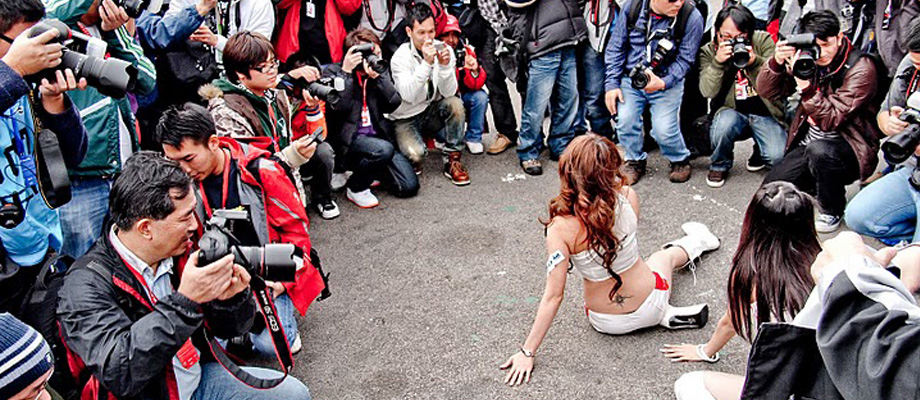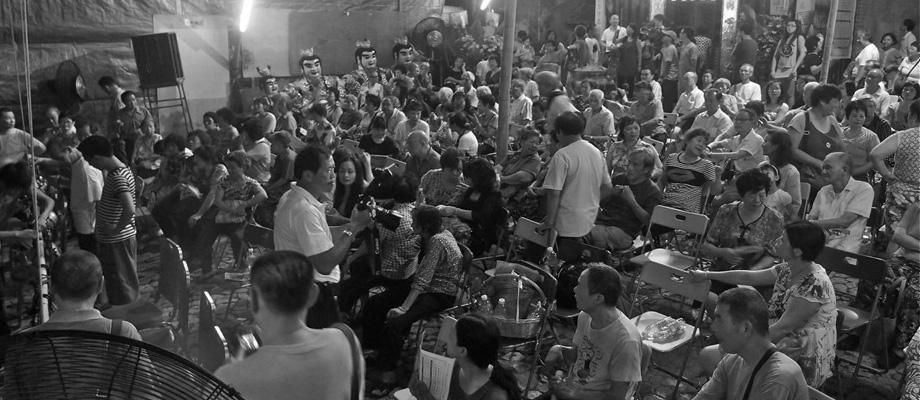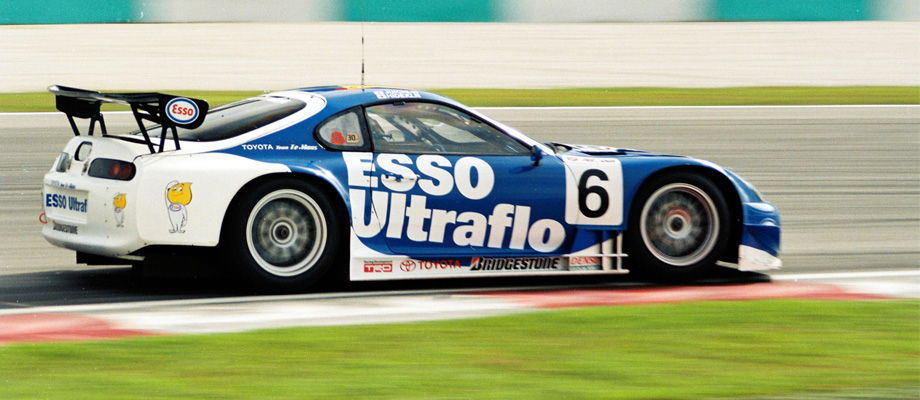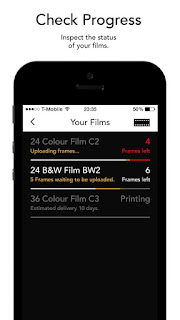Are Leica Users Idiots for wanting to buy a Hawk Tsubasa?
0
There is a sucker born every minute and the Japanese seem to think so with a new M mount lens that fits the Leica.
The Tsubasa Swallow 35mm f/2 lens is touted to be big on imaging and price, costing a whopping US$1800 a piece, they think you'd swallow it up once it is released sometime in 2017.
And for samples, there are only B/W images, and here is one below.
So you going to ante up on this lens base on one b/w image? Oh come on people.
Cosina makes Voightlander lenses with a 35mm focal length that cost under one grand, and sure, the Leica made 35mm cost about US$3,300. For roughly half the price, would you pay for a lens that only shoots good b/w images?
I don't know about the sucker remark but any fool with that much money to spend should by now consider the alternatives, which to me would be the Zeiss Bigon 35mm f/2 that sells for US$1,200.
The Hawk Factory in Japan would think that Japanese buyers would ante up to this since their website is wholly Japanese and offers no English version of what they wish to sell.
That to me, would a red alert for would be buyers of lenses.If you can't stand with the best in the world market, Japan alone isn't going to save you.

































.JPG)

